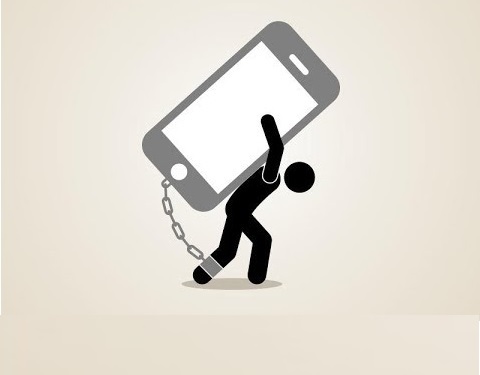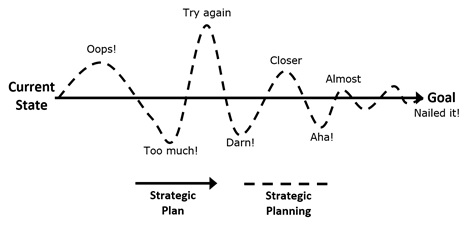Great leaders genuinely care for and love the people they lead more than they love leading itself. ~Rick Warren
 Former CEO of Saab USA Joel Manby points out in his book Love Works that many organizations are great at measuring what he calls do goals—the success of the customer experience, employee satisfaction, safety results, brand strength, and financials. But very few measure what Manby calls be goals—those we set for how we want our leaders to treat each other and the members of their teams while they are working to accomplish the “do” goals.
Former CEO of Saab USA Joel Manby points out in his book Love Works that many organizations are great at measuring what he calls do goals—the success of the customer experience, employee satisfaction, safety results, brand strength, and financials. But very few measure what Manby calls be goals—those we set for how we want our leaders to treat each other and the members of their teams while they are working to accomplish the “do” goals.
In principle, the “be” goals measure how well a leader lives the core values and fits in with the culture. Manby believes that leaders should not only be measured on how well they achieve the “do” goals, but their performance on the “be” goals is also important. In fact, he believes that their compensation should be directly tied to how well they do on both; in order to even qualify to be a senior leader a person must excel at both.
To get the best measure of the “be” goals set for leaders, consider gathering anonymous 360-degree feedback from employees and peers, and getting feedback from seniors in person. Ask questions such as:
- How well does Bob listen?
- How willing is Bob to help others?
- How important to Bob is the happiness and success of the people he leads?
- How kind is Bob?
- How compassionate is Bob?
- How well does Bob live core value A (repeat for each value)?
In essence, we’re asking “How well does Bob love his team?” Of course, we’re not talking about some romantic feeling that people often confuse with love. We’re talking about acts of love—extending oneself for others’ benefit and treating them with kindness and compassion. This is what it takes to be the ultimate leader.
When leaders commit to measuring how well they love those around them, and how well the other leaders in the organization love those around them, they can dramatically improve the business outcomes for their organization.
Leadership and loving well, a not often thought of combination, but far more interdependent than many of us may be willing to admit. The week of Valentines may be a good time to consider be goals and think about how well you love your team.



